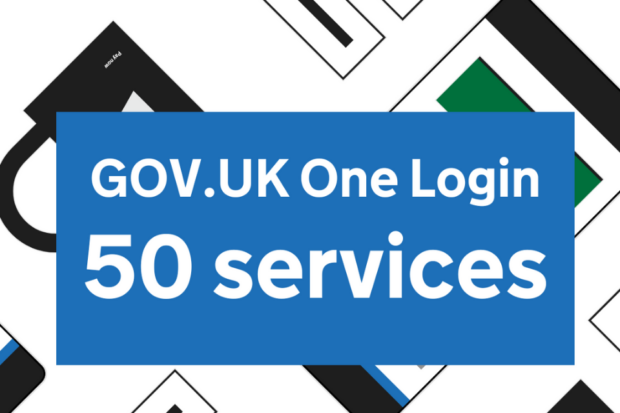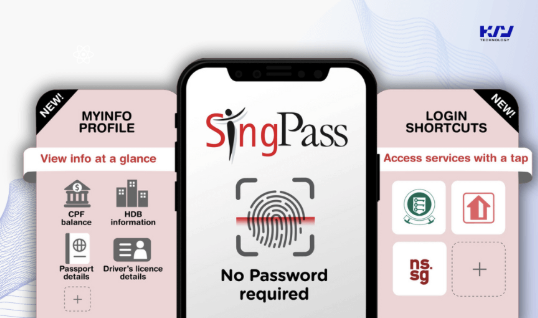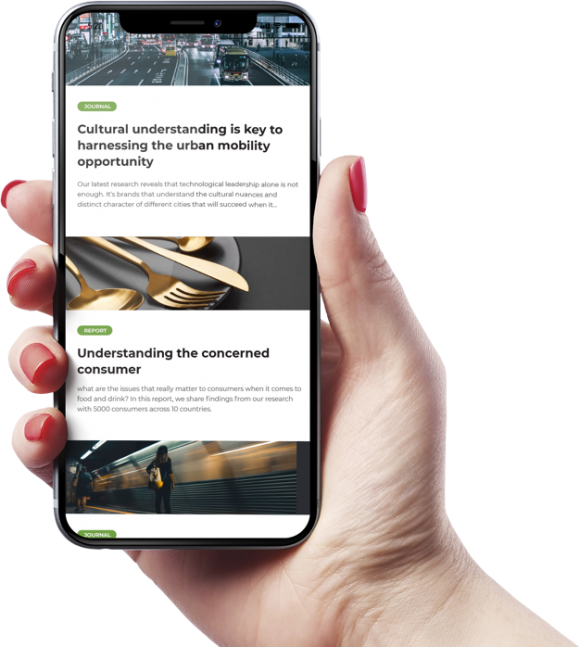It was once said that governments move at the pace of paperwork. Not anymore. Citizens now judge a tax portal by Amazon’s checkout speed, and expect every interaction with the state to feel just as effortless. According to the Boston Consulting Group’s Global Digital Government Citizen Survey, satisfaction with public services rises sharply when digital experiences match private-sector standards.
Citizens conditioned for speed now face institutions built for certainty. Reliability remains essential, but no longer guarantees satisfaction. Services must also feel responsive, intuitive, and human. Governments, however, are structured for continuity, legality, and cost control, not for experience. Progress in public UX happens only when those imperatives align. Checklists turn into interfaces; compliance becomes configuration; notifications replace stamps. Civic tasks increasingly resemble service tasks, judged against the immediacy of commercial apps. The question isn’t whether the state can move faster, but how it can do so without losing accountability or equity.
Private Sector Platforms Reshape Citizen Expectations
Private-sector platforms haven’t just raised expectations; they’ve blurred the boundaries between civic and commercial experience. In Southeast Asia, super app Grab has partnered with government agencies on data sharing and pandemic logistics. In India, fintech leader Paytm is deeply integrated into national payment systems, such as UPI and BBPS, enabling seamless payments for everyday bills and fees within a private ecosystem.
McKinsey research shows satisfied users are several times more likely to trust the agencies that serve them. Legitimacy is now experienced in the flow of a form, the clarity of an alert, and the ease of an appeal.
The shift is already visible in India’s DigiLocker. This government-backed platform offers digital documents on a national scale, with 539 million users and the issuance of billions of documents as of June 2025. Singapore’s LifeSG organises access around life events to reduce duplication across ministries. In the United Kingdom, as of November 2024, GOV.UK One Login supported 50 services, with phased migration from legacy sign-ins.

Image Credit: DigiLocker
Government Portals Adopt Brand-Grade Product Discipline
Public agencies increasingly operate like product teams. They map journeys, test with users, and publish roadmaps. LifeSG serves as a trusted entry point, personalising recommendations across various life events. The UK’s One Login provides a unifying identity with a transparent rollout plan. At the population scale, DigiLocker operates as a secure wallet for verified documents that citizens can share across sectors, resetting expectations for speed and proof.

Image Credit: GOVdotUK
Performance metrics for modern digital governance:
- Identity coverage and active transactions
- Once-only reuse rate (auto-prefilled fields)
- Time-to-benefit (eligibility to disbursement)
- Completion and abandonment rates
- Share of services with appealable automated decisions
- Inclusion metrics for low-connectivity users
Adopt modular, API-first procurement with outcome-based SLAs tied to these levers. Require interoperability conformance and public uptime reporting. Assign ownership for each end-to-end journey, publish roadmaps, and measure success through delivery cadence and resolution rates.
Human-Centred Design in Digital Government
Efficiency without empathy erodes trust. Estonia’s once-only principle, in which citizens provide data once and agencies reuse it securely, shows how design can reduce friction while signaling respect. Behavioural studies reveal that clarity and perceived fairness sustain acceptance even when speed does not improve. Every digital journey should have assisted-digital routes, such as kiosks or community hubs, to ensure expansion does not become exclusion by design.
Digital Citizenship Beyond Transactions
As interfaces become seamless and always-on, participation shifts from compliance to interaction. Singapore’s Smart Nation architecture and SingPass integration across public and private services embody the concept of “one login, one experience.” Yet inclusion and accountability must remain central. Governments should set access floors: services that function on low-cost Android devices and 3G connectivity, alongside language coverage targets and offline fallbacks for essential benefits. Inclusion must be measured, not assumed.

Image credit: Kay Technology
Private Platforms Mediating Public Services
Private apps now mediate civic functions. In India, Paytm’s integration with UPI enables citizens to settle utilities or fees via a private interface; the firm surpassed 100 million monthly transacting users in Q3 FY2024. In China, WeChat’s mini-program ecosystem supports utilities and public appointments across provinces. In Southeast Asia, Grab’s data-sharing partnerships with governments extend state capacity but blur lines of accountability.
Policy guardrails:
Require data portability, open APIs, and escrowed schemas in all public-private contracts. Include exit clauses and migration tooling so states can switch providers without being locked into a single provider.
Predictive and Proactive Governance
The next phase is anticipatory. Estonia is formalising services that trigger automatic actions based on verified data in response to life events. South Korea’s AI Framework Act (2025) establishes rules for trustworthy AI, laying the groundwork for future automation. For automated decisions that affect eligibility or rights, governments should publish the model logic, retain logs for audit, and ensure human review within 48–72 hours, with visible appeal paths.
Around the world, these principles are already being tested at scale through national digital identity and service platforms.
Global Models for Consumer-Grade Government
|
Platform / Initiative |
Verified Milestone (2024–2025) |
Distinctive Approach |
Core Challenge / Lesson |
|
LifeSG (Singapore) |
Unified mobile gateway integrating services across ministries (GovTech Singapore) |
Experience-led design organised around life events |
Balancing personalisation with privacy |
|
DigiLocker (India) |
~539M users; 8.48B+ documents (PIB India, June 2025) |
Population-scale infrastructure linking identity and verification |
Bridging access and literacy gaps |
|
GOV.UK One Login (UK) |
50 services live (Nov 2024) |
Single identity access across departments |
Managing inclusivity during migration |
|
X-Road + Once-Only (Estonia) |
Nationwide data reuse across agencies |
Interoperable, proactive service design |
Ensuring consent and transparency |
|
MitID (Denmark) |
Covers 96.95% of residents 15+; 95M monthly transactions |
Universal digital ID for all services |
Maintaining cybersecurity and trust |
What Diverges and Why It Matters
Digital governments share one goal: frictionless, trusted access. However, they take different routes. Singapore focuses on front-end experience; Estonia and Denmark invest in data integrity and automation; India achieves inclusion through scale; the UK consolidates identity to ensure consistency. Proactivity stems from architecture, not aesthetics. And across models, one rule holds: trust is the multiplier. Adoption accelerates when systems are seamless and explainable.
Strategic Foresight for Digital Governance
The coming decade will test whether governments can evolve from digital access to digital intelligence. Infrastructure exists, and the task now is to ensure these systems reason, anticipate, and stay accountable.
Predictive design replaces reactive delivery.
Estonia’s life-event model demonstrates how renewals and benefits can be triggered automatically through verified data, but every automated decision must remain auditable and reversible.
Data-driven governance through digital twins.
Nations are developing real-time digital counterparts to simulate policies before action. Singapore’s Smart Nation platform already integrates live data for anticipatory decisions.
Sovereign clouds as strategic assets.
India’s MeghRaj, the EU’s GAIA-X, and Japan’s Kasumigaseki Cloud illustrate data localisation balanced with interoperability through open standards like W3C Verifiable Credentials and ISO/IEC 18013-5.
Dynamic trust through evolving identity.
Verifiable credentials now update continuously with consent and eligibility, as seen in Denmark’s MitID and the EU Digital Identity Wallet.
AI governance as credibility.
The EU’s AI Act and South Korea’s AI Framework Act incorporate bias detection and human oversight into their regulations, establishing a baseline for trustworthy automation.
Invisible interfaces, visible accountability.
Conversational agents and multimodal authentication will make forms vanish; systems acting invisibly must still explain decisions clearly.
Final Thoughts
Governments should measure trust as rigorously as uptime; tracking identity coverage, reuse rates, completion times, and appeal resolutions through public dashboards. Efficiency may win adoption, but only design earns trust.
The next generation will live inside these systems. Their expectations of transparency, responsiveness, and inclusion will define the legitimacy of digital governance. Our Youth Attitudes Toward Governance in Southeast Asia study reveals a clear message: young citizens are optimistic about technology’s potential to improve governance but remain cautious about institutional trust.
As governments build predictive and intelligent systems, understanding this mindset is crucial. The future of digital governance will hinge not just on infrastructure, but on the values of the citizens it serves.
Download “Youth Attitudes Toward Governance in Southeast Asia” to see how young citizens across the region define trust, accountability, and engagement, and how their expectations can guide the next generation of digital public services.




